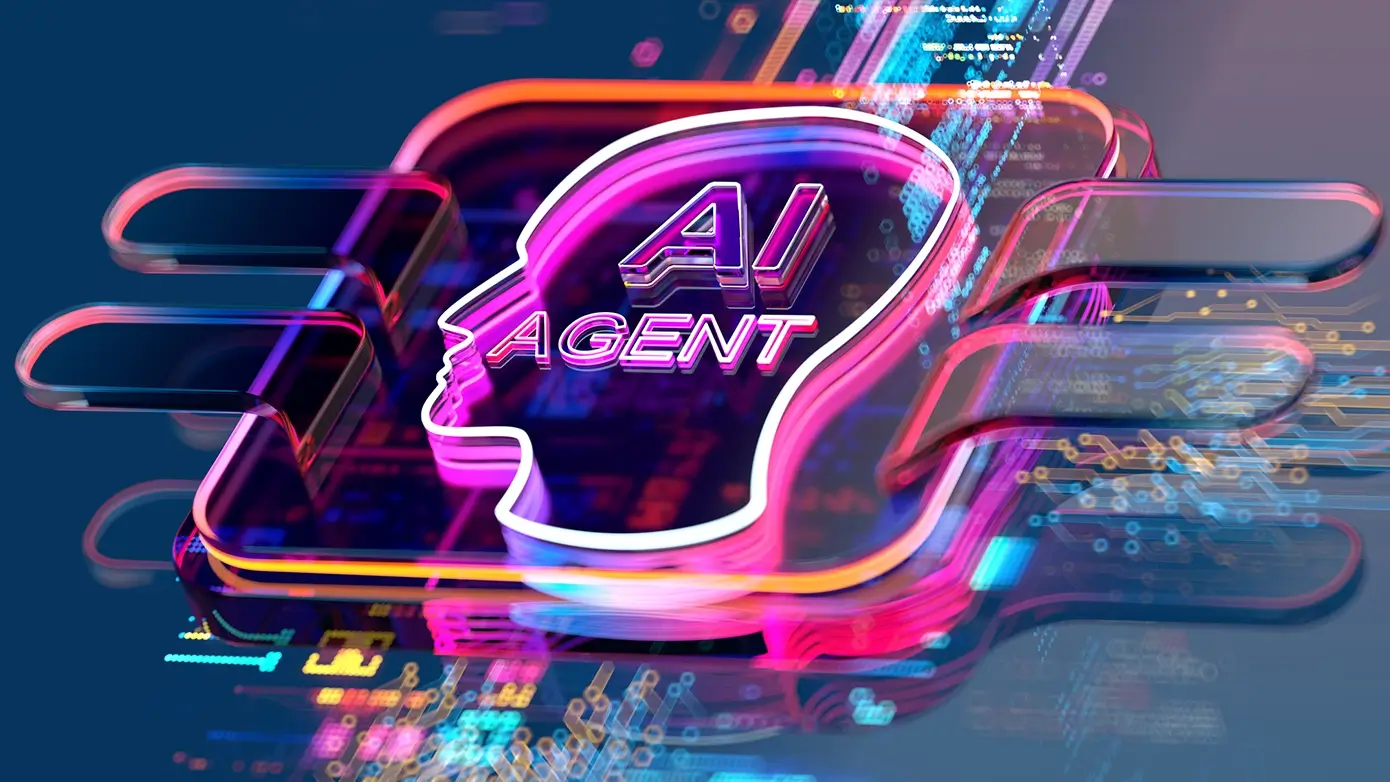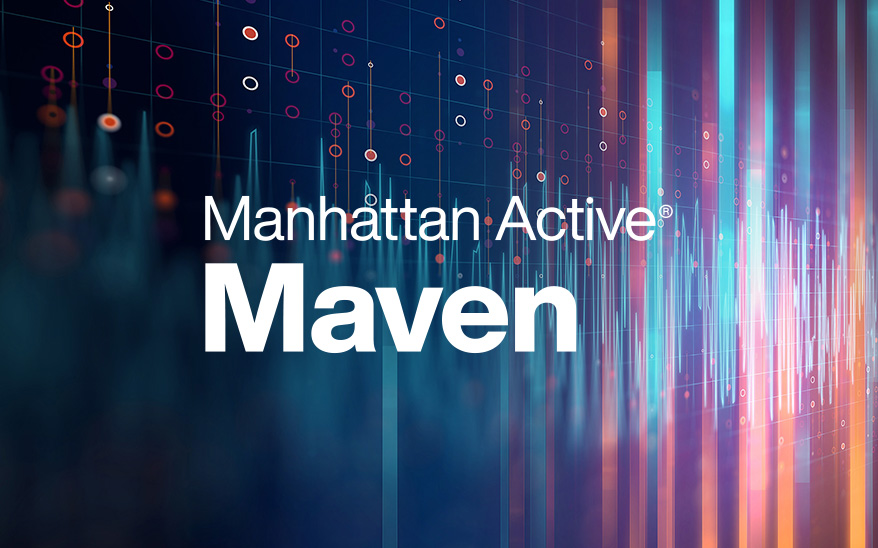Resources and Insights
Get insights into the latest happenings at Manhattan or filter content to learn more about a specific topic.
Featured
What We've Learned from Agentic AI Customer Service Deployments
Discover how retailers are using Manhattan Active® Maven AI chatbots to boost service speed, personalize support, and reduce operational costs.







